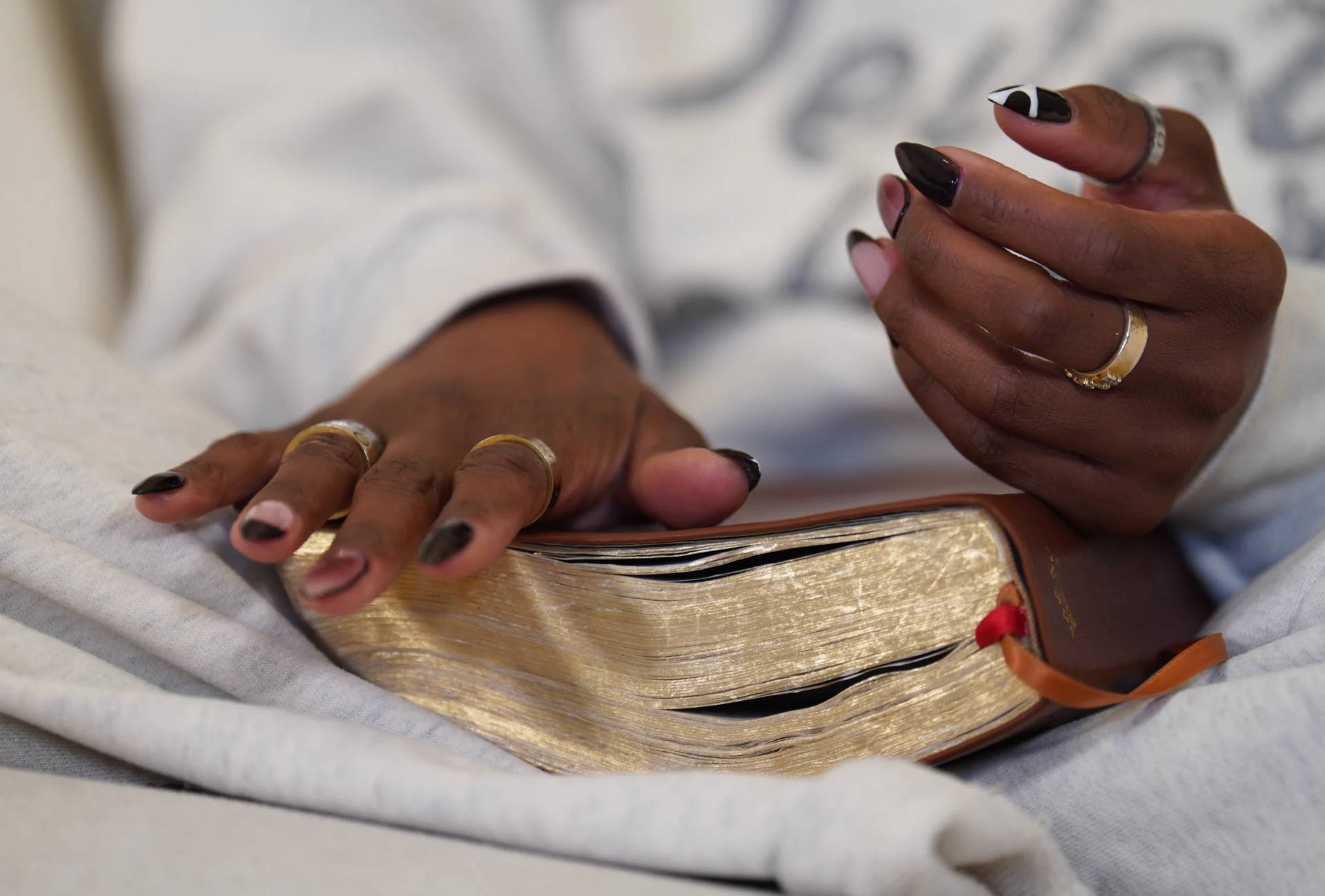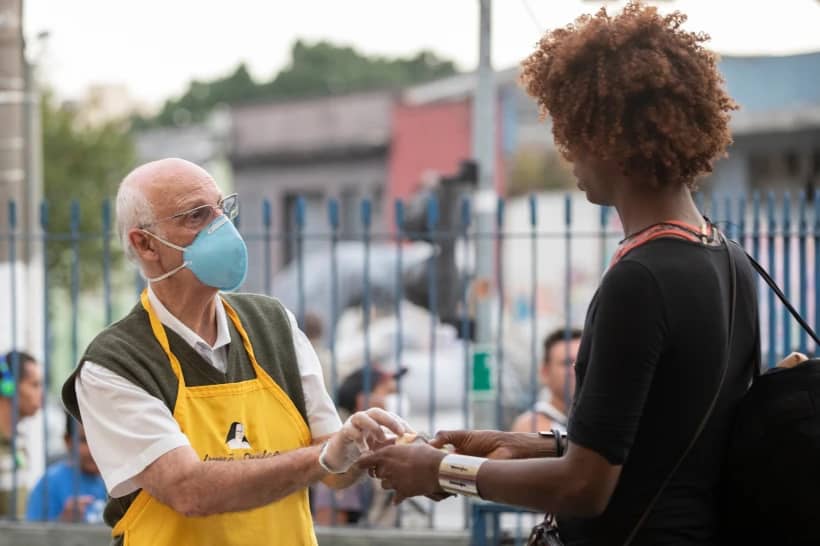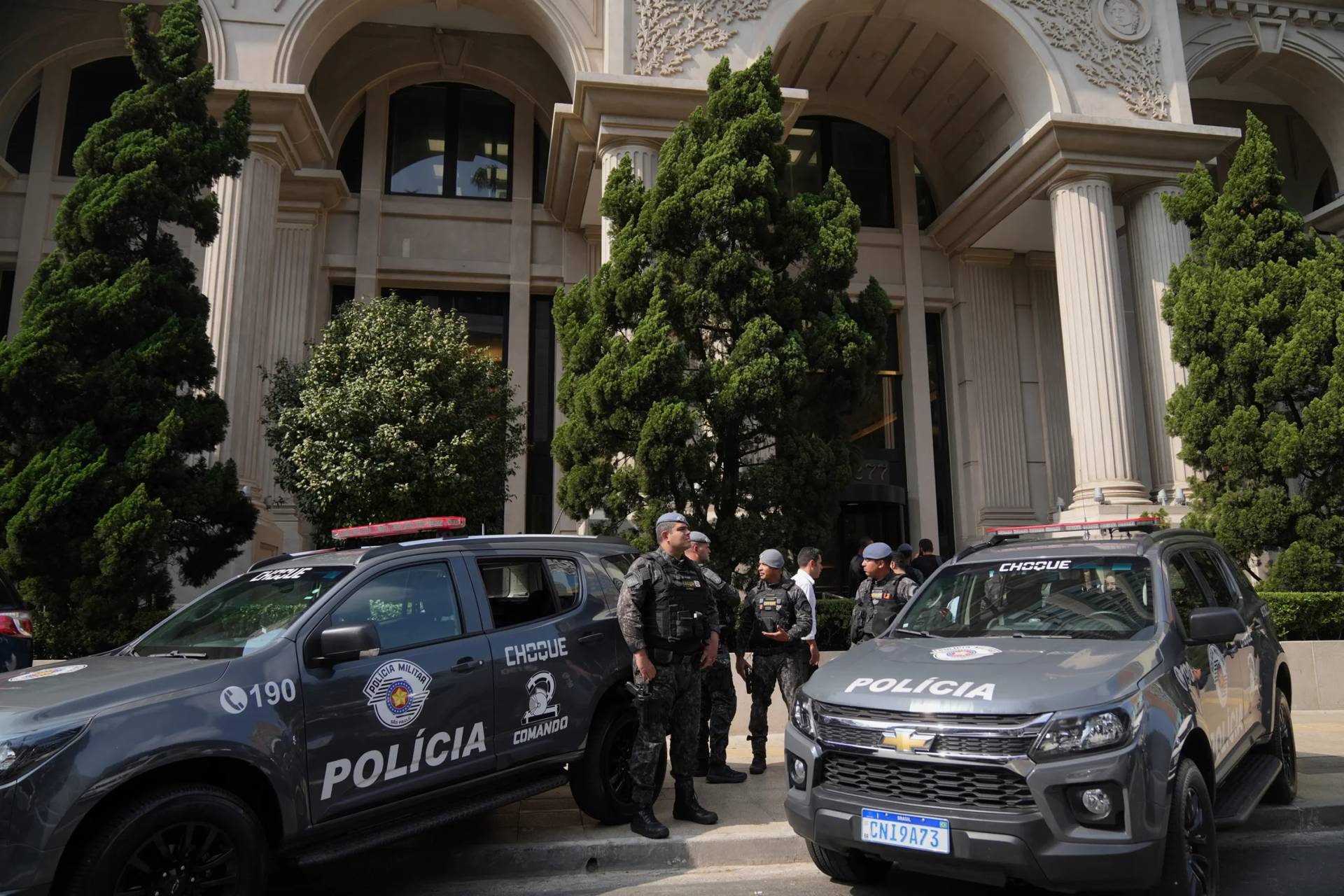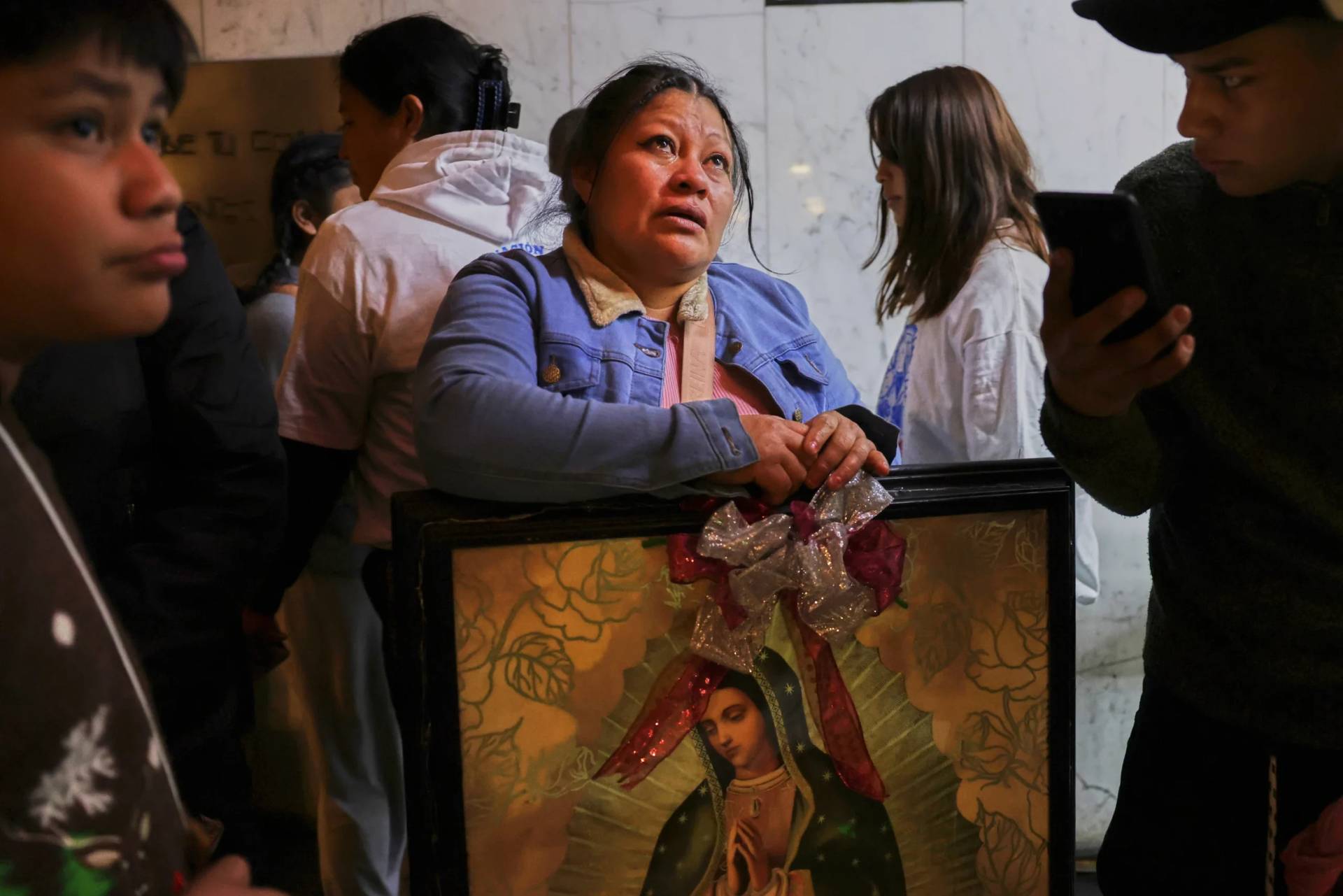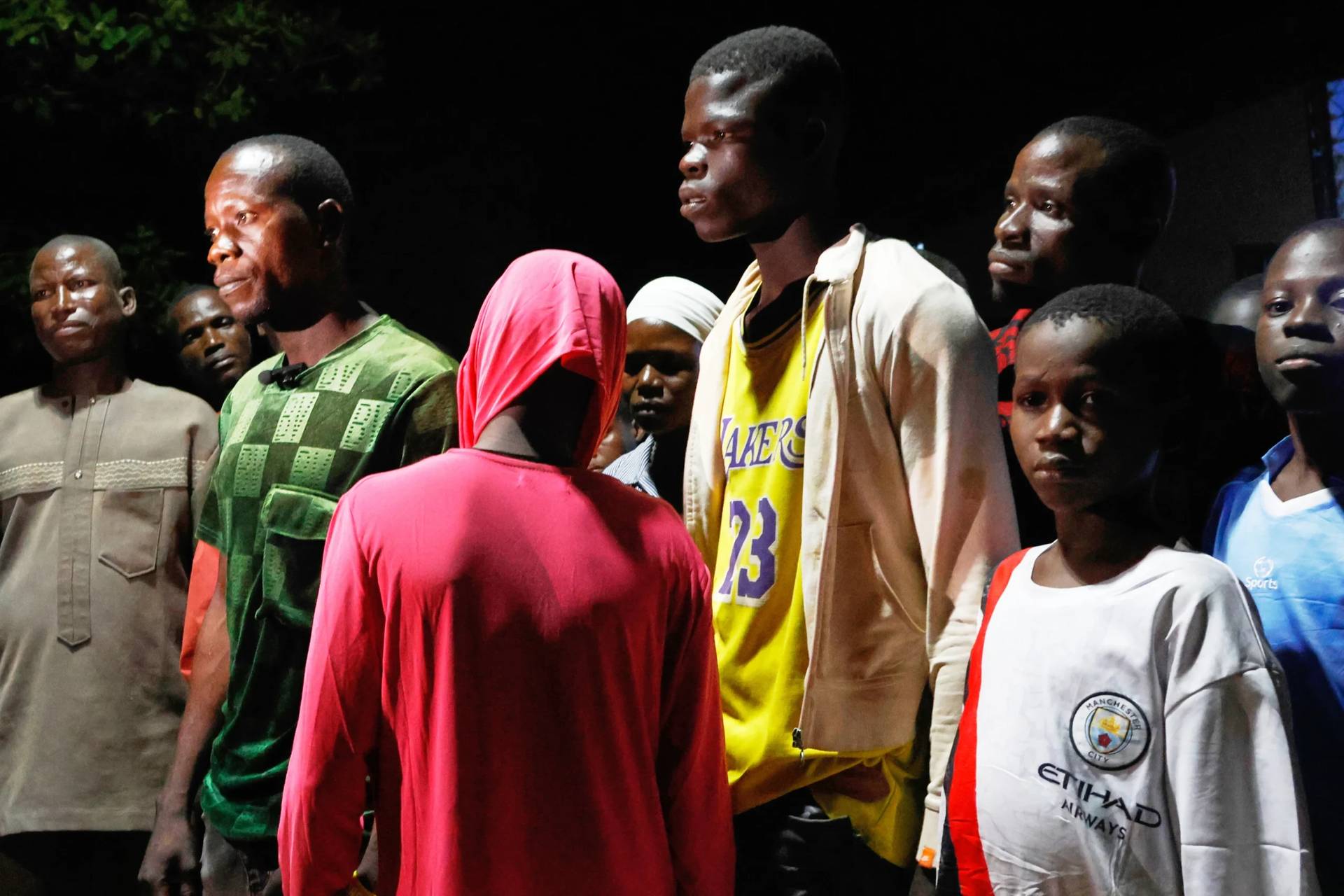[Editor’s Note: This is the seventh in a series of articles by Inés San Martín exploring the state of the Catholic Church in Pope Francis’ home continent of Latin America. The sixth can be found here.]
ROSARIO, Argentina – It’s a well documented fact that in Argentina, the peripheries of the largest cities are slums, where children walk barefooted over roads covered in shattered glass bottles, rubble, dirt and plastic bags.
Father Fabian Belay says the main problem with Argentina’s third largest city, Rosario, is that an estimated half of the citizens live in these “peripheries.”
“Most might not know this about Rosario, since we all look to the beautiful developments by the riverside, or the gated communities towards the east,” he told Crux. “But the other half of the city has no access to clean water, no sewer and no electricity.”
The city is located some 150 miles from Buenos Aires, and is known for being the birthplace of Marxist revolutionary Che Guevara. Home of Argentina’s second largest port thanks to the Parana River, it has become fertile ground for organized crime due to the area’s inequality and corrupt leadership.
Rosario has become a transit point for cannabis and cocaine coming from all of Latin America heading to Europe and Asia.
With a population of 1.5 million, last year there were over 220 gang related murders.
Drug money is said to be spent by politicians and members of the police, who stand idle as gangs battle for control of lucrative supply chains and locals are left living in fear.
Drug stash houses, known as “bunkers,” have long been used by the Monos — “The Monkeys”, the area’s most prominent criminal gang — which doesn’t take any pains to hide them. At any given time, there are up to 200 semi-permanent, fixed bunkers, in plain sight.
People who have moved to some of the houses that were once bunkers have resorted to painting the walls saying “we are good people,” “we don’t sell drugs” and “children live here” in order to keep rival gangs from attacking.
“At 13 years old, a boy drops out of school, has parents who don’t work, or have small, petty jobs,” one of the mothers of the Barrio La Lata told Crux. “He has no horizons, and sees that, suddenly, a boy two years older than him has new sneakers, a motorcycle – stolen – money in his pockets. He wants a taste, and before you know it, your child is a disposable cog in the machinery that is the illegal drugs trade.”
“I have seen it happen too many times: at 13 year old a mother loses her innocent child, at 20 she is handed a corpse,” she said, requesting not to be named. “I have too many enemies already because my children haven’t been co-opted yet. I don’t need new ones for talking with you.”
Belay said, “As a society we have become accustomed to death.”
“The reality is that there is a part of society that remains on the margins of justice,” the priest said.
Belay, coordinator of the ministry of Drug Addiction of the archdiocese of Rosario, said that in recent times drug trafficking “has captured many adolescents and young people.”
The COVID-19 pandemic, he argued, “worsened a process that had been taking place,” and if a coalition of different actors doesn’t intervene now, future generations will fall. Some children, he argued, have already fallen: Among the many initiatives he runs in the Barrio La Lata, a slum in the southern part of Rosario, is an Hogar de Cristo, one of the 200 centers the Church has in Argentina that works with struggling addicts.
“We have teenagers, young people, homeless men and women of all ages,” he said. “But we also have children who at 7, 8 or 9 have already gotten trapped in the spiderweb that is drug addiction.”
“The pandemic worsened a process that had been going on,” he said. “Everything has to do with the recruitment of many adolescents and young people. Unfortunately, this has led to an increase in violent deaths, and also a much lower life expectancy.”
Though they are not included in the statistics, he argued these adolescents too are also victims of traffickers in Rosario, and also of systemic poverty.
Some 10 blocks from his parish, Belay also heads the Buen Pastor (Good Shepherd), a refuge and day center for homeless people. Beyond lodging and meals, in less than two years the place has grown to offer education for those who want to finish high school and learn a trade, medical doctors, a dentist, and mental health aid.
The building where it is placed has historically provided a response to the issue of women: Half of it was a women’s prison, and the other an orphanage and day center for girls.
In a second stage, once the entire building has been recovered – it was closed by the female religious congregation that ran it over 15 years ago – the plan is to open yet another shelter, but for women in vulnerable situations, either because they suffer drug addiction, or are victims of trafficking and gender violence.
Beyond the material generosity of many, Belay said, none of these projects would have been possible if it wasn’t for the fact that at the center of the building in the church is a perpetual adoration chapel.
“I found my vocation as a ‘slum priest’ as I was kneeling in prayer in front of the Blessed Sacrament,” he said. “The center of the Church is Christ, and when a Christian does a charitable thing, it shouldn’t be a simple handout, but an action inspired by the love Christ has for us. And he is there, in the Blessed Sacrament. And since everything we do here is for love, then the Eucharist has to be here too.”
The term “slum priest” refers to a group of priests in Argentina who not only minister to the poor, but live among them too. Belay has been a witness to a shootout in the doors of the parish. When they stopped, he dared go out and saw a young man bleeding out. “I became an ambulance driver that day.”
Despite the resources invested in helping people fight their drug addiction, the Catholic Church is not truly an active participant in putting an end to drug trafficking, nor do they go to the police to make allegations when they see a bunker. This is because the authorities already know where the selling points are, and visiting a police station would put a target on the priest’s back.
According to Archbishop Eduardo Martin, Belay’s boss, staying out of crime fighting is the advice they got from Father Jose “Pepe” di Paola, arguably the most well known slum priest in Argentina. Over a decade ago, Cardinal Jorge Mario Bergoglio – today Pope Francis – had to transfer him temporarily because of the number of death threats he was receiving.
“When I arrived in Rosario seven years ago, I asked myself about the crime statistics,” he told Crux. “There are two kinds of violence in Rosario: That in which you are killed in a robbery, and then there is crime related to drug trafficking.”
As a society, Martin said, the Rosarinos respond often with marches and rallies when a “person who is like them” is killed. Hence, the protests at the end of last year when a young architect was murdered as he was going home. Yet when it comes to drug dealers killing one another, “we hear people saying ‘let them kill each other’.”
“No one takes into account that there is a society that consumes, that feeds this illegal trade,” he said. “Rosario has a divided society, and the ‘middle class’ doesn’t always acknowledge the other half.”
Echoing what he said during his homily on Oct. 7, the feast day of Our Lady of Rosario, Martin argued that for there to be such a level of crime, the gangs have to be well connected. And for the problem to be solved, a long-term plan is needed, one that requires unity, intelligence, bravery, audacity and political will, both at a local and at a national level.
The circle of violence surrounding drugs is hard to break: Many of those in the outskirts sell more than what they consume, and those who consume end up robbing others, “high as a kite,” to finance their addictions.
“This has been going on for years, but these are human lives we are talking about,” Belay said. “As a society we have become accustomed to death.”
Follow Inés San Martín on Twitter: @inesanma








